

1952 - 2012, (Santa Cruz de Tenerife, Spain)

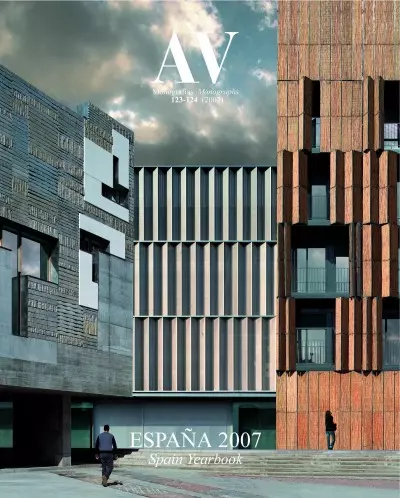
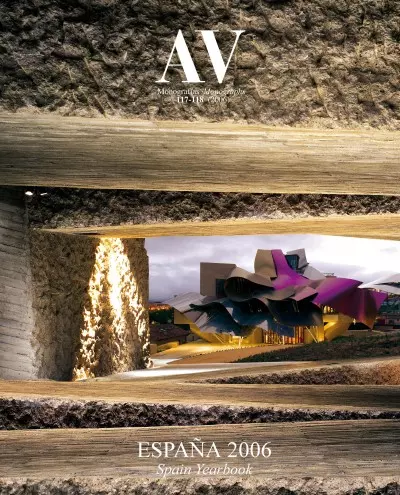
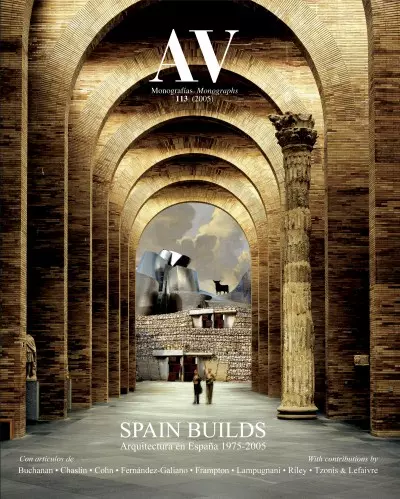
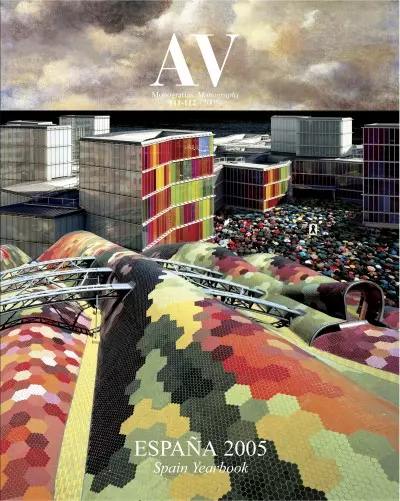
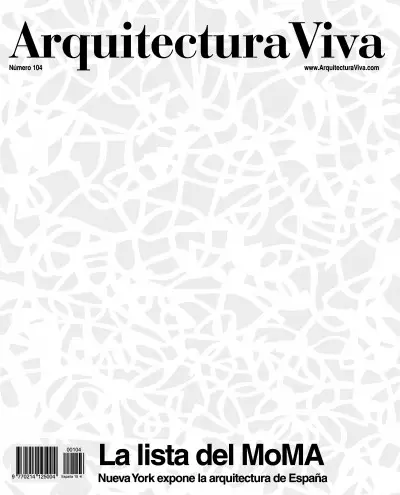
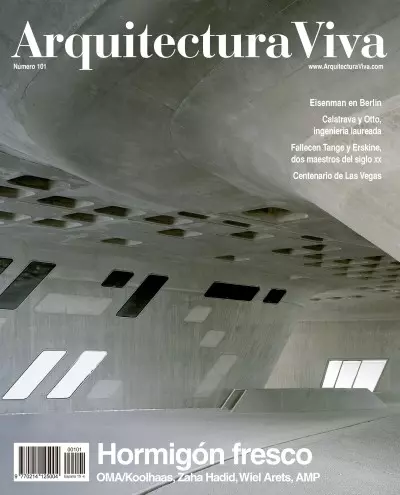
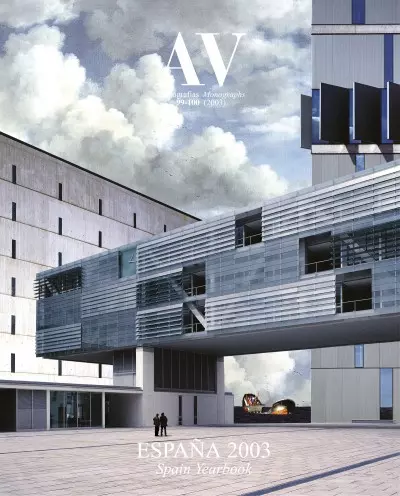
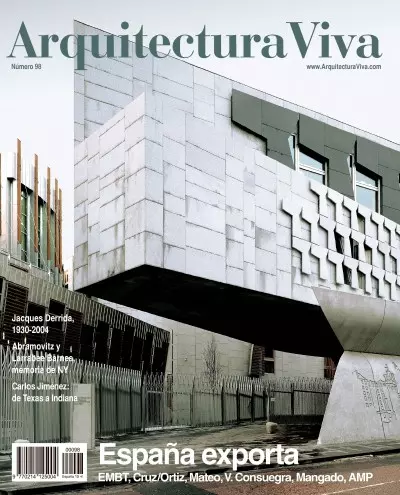
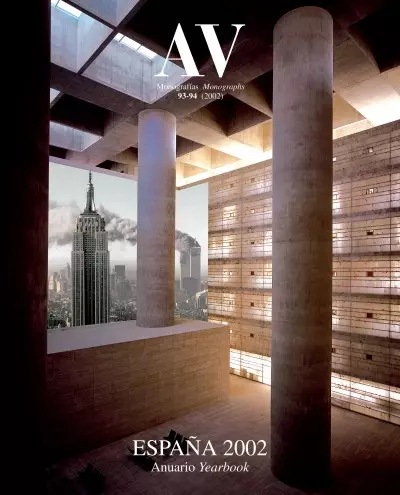
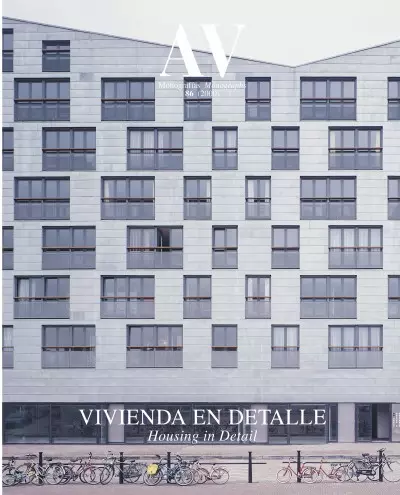
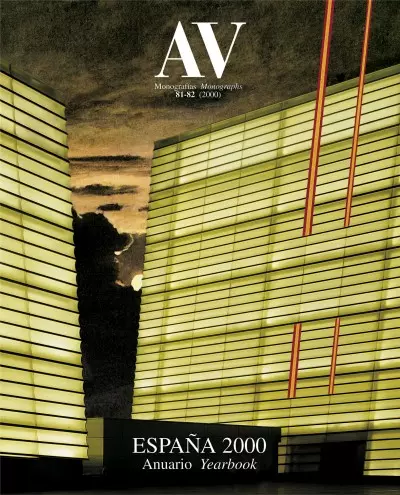

The Athletics Stadium, with capacity for over 3,000 spectators, functions as a platform to generate a large plaza in the city. It rests on the terrain taking advantage of the slightly sloping topography, blending seamlessly with the environment and e
This project’s aim is to transform the river into a gathering place, a condition it had lost because industrialization had turned it into an unappealing and unhygienic place. Spreebruecke is thus planned as a bridge between the River Spree and Berlin
gh On the coast of Adeje, south of Tenerife, in a touristic site currently under development and marked by the presence of the sea and the nearby mountains, stands the new Congress and Exhibition Center, baptized Magma The project emerges from the
The Jardín de Aclimatación of La Orotava (Botanic Garden) was founded in 1788 by King Charles III of Spain, with the intention of gathering in the island of Tenerife the exotic plants collected in the Spanish colonies of America and Asia. The extensi
Diseñado como un gran cráter,el nuevo estadio insular aprovecha la pendiente natural del terreno, compensando y economizando los movimientos de tierra, para emplazar los graderíos perimetrales. El edificio deportivo se incorpora al lugar, definiendo
The San Antonio area of Santa Cruz de Tenerife is part of a residential periphery that has emerged along the highway linking La Laguna with the capital. With the petrous vocation of a volcanic formation, a building of sixty social housing units rises
Physically bound to the city’s foundational moments, the presidential seat of the regional government constitutes a starting point for the the Canarian capital’s historic center renewal. Conceived as an emphatic interlocking of fractured basalt and c
1952 - 2012 Dario Gazapo de Aguilera graduated from the Madrid School of Architecture, where he had Juan Daniel Fullaondo and Juan Navarro Baldeweg as prominent teachers. His career was marked by his double path as designing architect and university
El día 29 de febrero, una semana después del fallecimiento de Luis Moreno Mansilla, y a los pocos días de la desaparición de Manuel de Solà-Morales, falleció en Santa Cruz de Tenerife, la misma ciudad en la que había nacido en 1952, el arquitecto Jos
La portada de este libro actúa a modo de anticipo o de manifiesto de su contenido. Esto es así no sólo por la ilustración de estratos minerales volcánicos, que nos remite de inmediato al abrupto paisaje canario, sino por su utilización sutil de la te
La arquitectura del canario Fernando Menis contiene la esencia del paisaje tinerfeño, enraizado sobre la masa estructural de su núcleo basáltico y dominado por el cono de cenizas del Teide. Así lo demuestran las formas del Estadio de Atletismo de Ten
Los tinerfeños Felipe Artengo, Fernando Menis y José María Pastrana han hecho del paisaje de su isla un argumento para sus proyectos. AMP van a su aire, despreocupados al parecer de un contexto dominado por la pasión fría de los suizos y el pragmatis

